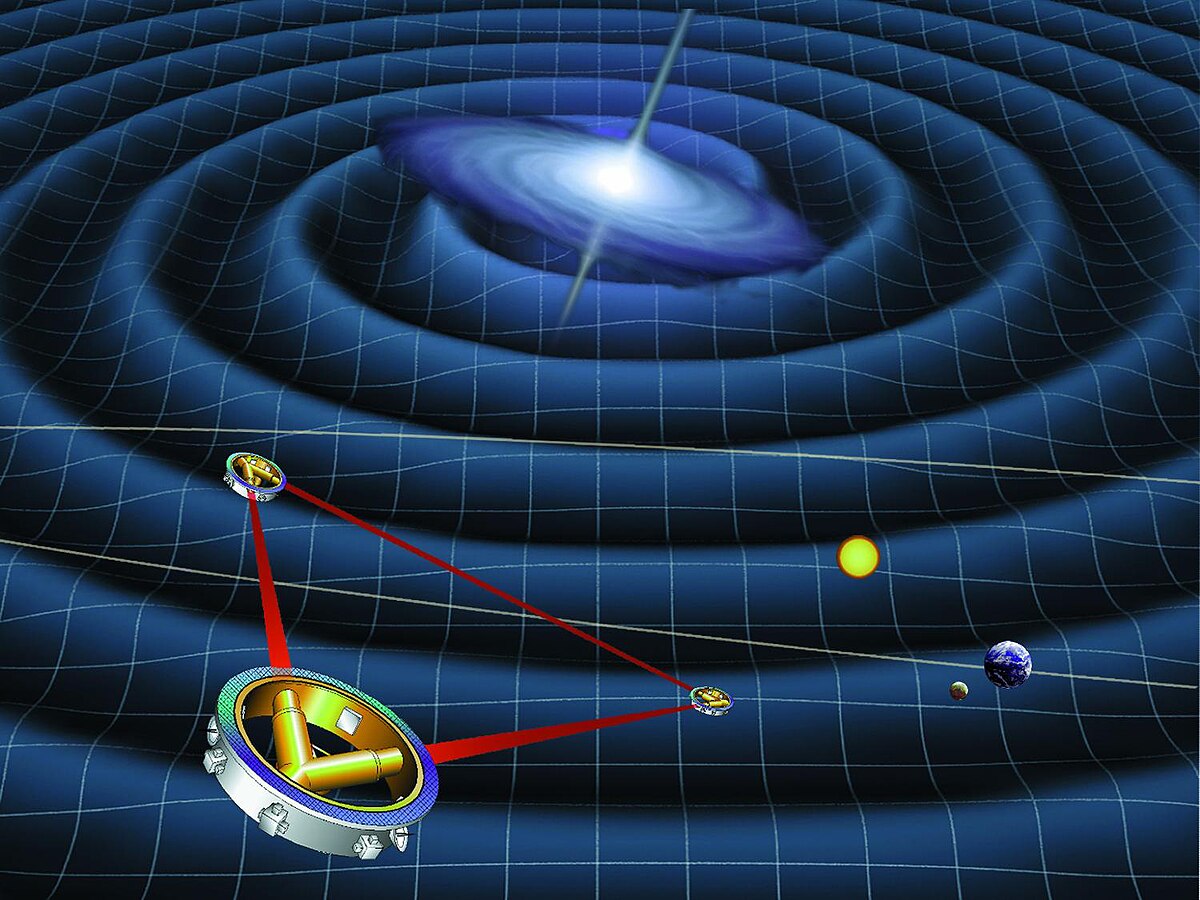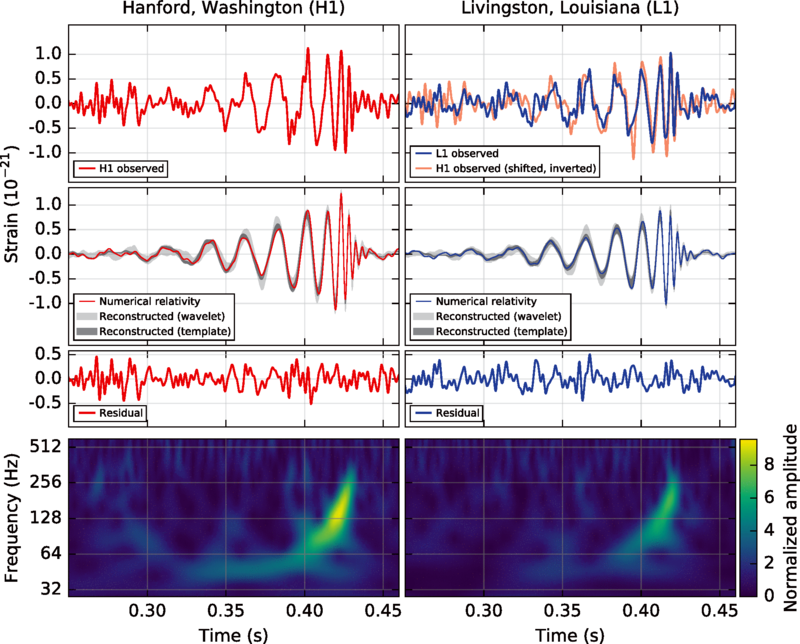Well I think this story can be considered quite remarkable. This makes at least three known binary systems* that can continuously emit detectable (hopefully) gravitational waves, as opposed to mergers, which only provide a brief but unique signal.
First off, it is important to appreciate that these are NOT "potential" sources of GWs. They are on-going real sources (although from quite some time ago). Their detection is where issues of "potential" should be addressed.
Interestingly, one of these is a neutron star binary, discovered in 1974 by Hulse and Baylor. They deduced from their observations that the binary was losing mass as a result of their intense orbital interactions, and is releasing about 7.35 x 10E24 watts. The ratio of observed orbital decay predicted by GR vs. their observations of this binary was 0.997 +/- 0.002. It should not be too surprising that the folks in Stockholm decided that Hulse and Baylor were smart enough to win one those highly coveted medals.
As a reference, our solar system is estimated to put out about 5,000 watts of GWs (i.e. 5 x 10E3 watts)!
(That also is real, and not potentially.)
But this monster GW source (subject of this thread) must be highly variable based on the difference in masses of these BHs, and their orbits, etc. This will likely cause major problems for interpretations, especially at high sensitives as there seems a risk of being swamped by GWs from various other sources. Comments, please?!
Perhaps the new LISA** (the Laser Interferometer Space Antenna) instrument will pick up some of these continuous sources. Sadly, it will not be launched for another decade+. There remains a distinct potential for their observations by Gravitational Wave Astronomy***.
(Incidentally, none of these articles are click-bait, since that is defined as false advertisement - see comments to first * reference. And there is still no option B.)
*
https://forums.space.com/threads/as...e-source-from-binary-white-dwarf-stars.30360/
* and
https://en.wikipedia.org/wiki/Hulse–Taylor_binary
**

en.wikipedia.org
***

en.wikipedia.org




